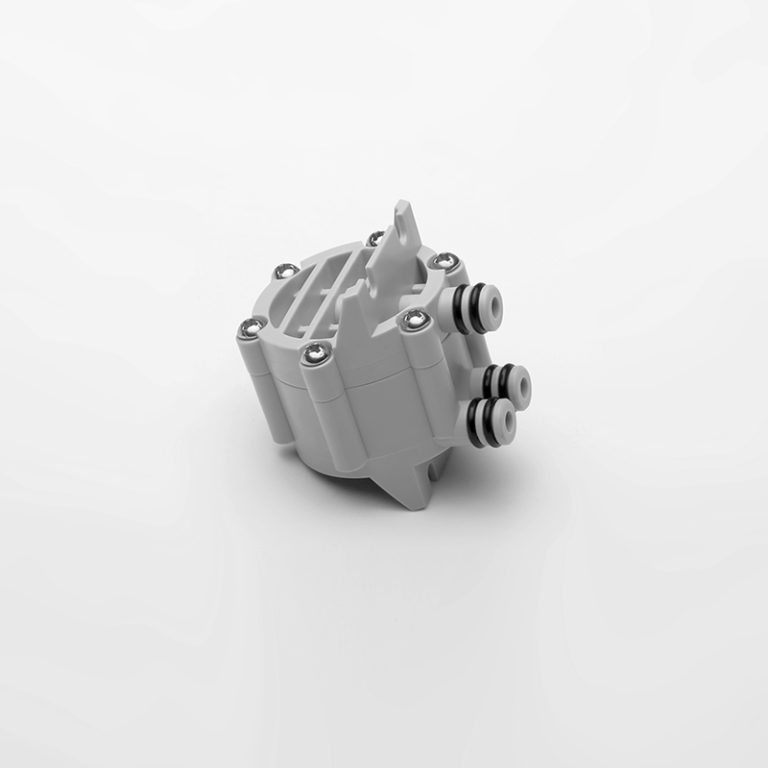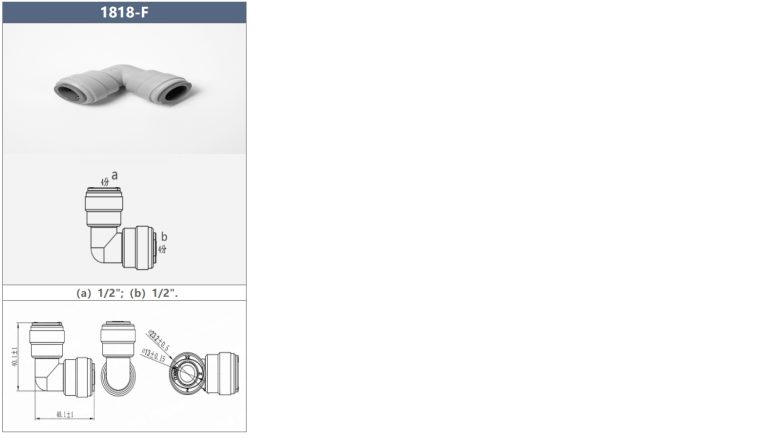“Say goodbye to plastic plumbing fittings with ease.”
Table of Contents
Proper Techniques for Removing Plastic Plumbing Fittings
Plastic plumbing fittings are commonly used in residential and commercial plumbing systems due to their affordability, durability, and ease of installation. However, there may come a time when you need to remove a plastic plumbing fitting, whether it’s because it’s damaged, leaking, or you simply need to make changes to your plumbing system. Removing plastic plumbing fittings can be a bit tricky, but with the right tools and techniques, you can get the job done efficiently and effectively.
One of the most important things to keep in mind when removing plastic plumbing fittings is to work carefully and methodically. Rushing through the process can lead to damage to the fitting or the surrounding pipes, which can result in costly repairs down the line. Before you begin, make sure to turn off the water supply to the fitting you’ll be working on to prevent any leaks or spills.
To remove a plastic plumbing fitting, you’ll need a few basic tools, including a pair of adjustable pliers, a pipe cutter or hacksaw, and possibly a heat gun or hairdryer. Start by using the pliers to loosen the compression nut or other fasteners holding the fitting in place. Once the fasteners are loosened, you can gently twist and pull the fitting to remove it from the pipe.
If the fitting is stubborn and won’t budge, you may need to apply heat to soften the plastic and make it easier to remove. Use a heat gun or hairdryer to heat the fitting evenly, being careful not to overheat or melt the plastic. Once the plastic is softened, you should be able to twist and pull the fitting off the pipe more easily.
Another technique for removing plastic plumbing fittings is to use a pipe cutter or hacksaw to cut the fitting off the pipe. This method is useful if the fitting is damaged or if you need to make changes to the plumbing system. Simply use the pipe cutter or hacksaw to cut through the fitting, being careful not to damage the surrounding pipes. Once the fitting is cut, you can remove it from the pipe and install a new fitting if needed.

After removing the plastic plumbing fitting, it’s essential to clean the pipe and fittings thoroughly before installing a new fitting. Use a pipe cleaner or sandpaper to remove any debris or residue from the pipe, ensuring a tight and secure fit for the new fitting. Once the pipe is clean, you can install the new fitting following the manufacturer’s instructions.
In conclusion, removing plastic plumbing fittings requires patience, care, and the right tools. By following the proper techniques and taking your time, you can remove plastic plumbing fittings without causing damage to your plumbing system. Whether you’re replacing a damaged fitting or making changes to your plumbing system, these tips will help you get the job done safely and effectively. Remember to turn off the water supply before starting, use the right tools for the job, and clean the pipes thoroughly before installing a new fitting. With these tips in mind, you can tackle any plumbing project with confidence.
Tools and Equipment Needed for Removing Plastic Plumbing Fittings
Plastic plumbing fittings are commonly used in residential and commercial plumbing systems due to their affordability and ease of installation. However, there may come a time when you need to remove these fittings for repairs or upgrades. Removing plastic plumbing fittings can be a straightforward process if you have the right tools and equipment on hand.
One of the essential tools you will need for removing plastic plumbing fittings is a pair of adjustable pliers. Adjustable pliers are versatile tools that can grip onto the fitting securely, allowing you to twist and pull it off. Make sure to choose pliers that are the right size for the fitting you are working with to avoid damaging the fitting or the surrounding pipes.
Another tool that can be helpful when removing plastic plumbing fittings is a pipe cutter. A pipe cutter is a handheld tool that can cut through plastic pipes cleanly and efficiently. By cutting the pipe near the fitting, you can easily remove the fitting without causing damage to the rest of the plumbing system. Make sure to choose a pipe cutter that is designed for use with plastic pipes to ensure a clean cut.
In addition to tools, you may also need some equipment to aid in the removal of plastic plumbing fittings. One piece of equipment that can be useful is a heat gun. A heat gun can be used to soften the plastic around the fitting, making it easier to remove. Simply apply heat to the fitting for a few seconds, then use your pliers to twist and pull it off.
| Model | Tube(a) | Stem(b) |
|---|---|---|
| 1801-A | 1/4 | 1/4 |
| 1801-C | 1/4 | 3/15 |
If you are working with stubborn or hard-to-reach fittings, a pipe wrench may be necessary. A pipe wrench is a heavy-duty tool that can provide extra leverage when removing fittings that are stuck or difficult to access. Make sure to choose a pipe wrench that is the right size for the fitting you are working with to avoid damaging the fitting or the surrounding pipes.
When removing plastic plumbing fittings, it is essential to take precautions to avoid damaging the surrounding pipes or causing leaks. Before starting the removal process, make sure to turn off the water supply to the affected area to prevent any accidents or water damage. Additionally, it is a good idea to have a bucket or towel on hand to catch any water that may leak out during the removal process.
In conclusion, removing plastic plumbing fittings can be a simple task with the right tools and equipment. By having adjustable pliers, a pipe cutter, a heat gun, and a pipe wrench on hand, you can easily remove plastic fittings without causing damage to your plumbing system. Remember to take precautions to avoid leaks or damage, and always consult a professional if you are unsure about how to proceed. With the right tools and knowledge, you can successfully remove plastic plumbing fittings and keep your plumbing system in top condition.



